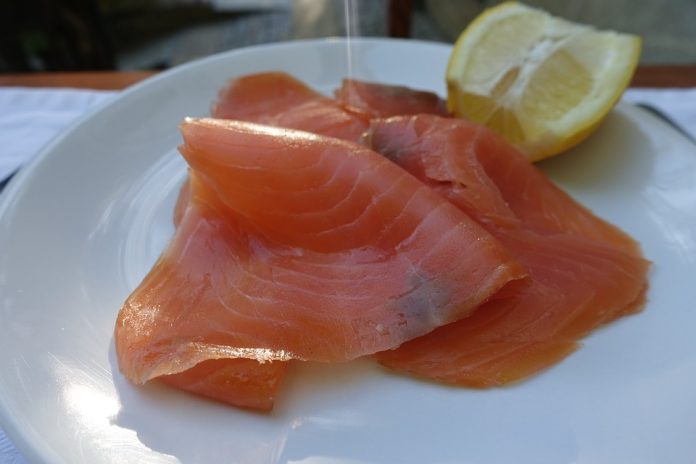Four dead and eight sick in EU outbreak of listeria linked to salmon products beginning in 2015.
According to the official European health authorities on existing and emerging risks associated with the food chain, ready-to-eat salmon products, such as cold-smoked and marinated salmon, are the likely source of an outbreak of listeria monocytogenes that has affected Denmark, Germany and France since 2015.
Multi-country outbreak
The EFSA and the European Centre for Disease Prevention and Control (ECDC) used whole genome sequencing to identify the multi-country outbreak.
By 8 October 2018, 12 cases including four deaths had been reported in the affected countries.
In August 2017, Denmark reported the first cluster of cases linked to the consumption of ready-to-eat smoked salmon produced from Poland’s BK Salmon. Control measures were implemented and other EU Member States and competent authorities were informed.
In October 2017 France reported the detection of the same strain of listeria in marinated salmon originating from Poland as identified in the Danish outbreak investigation.
Giusi Amore, the scientific officer responsible for the urgent outbreak assessment within EFSA’s unit, told SalmonBusiness:
“This started on an European member state. But when there is an outbreak on a multi-level, then we use an official system to produce a rapid assessment. Pathogens don’t stop at the border.”
Whole genome sequencing data
The most recent case linked to the outbreak was notified in Germany in May 2018.
The EFSA said that due to the lack of whole genome sequencing data from the environmental and food samples taken at the Polish processing plant, it is not possible at present to confirm whether the contamination occurred in the suspected plant.
May still be active
Moreover, until information on the Norwegian primary producers of the salmon used in the contaminated batches has been reported and assessed, the possibility of contamination at primary production level cannot be excluded.
The organisation added that the identification of the same strand of the disease in a salmon product in France and a new human case in Germany suggests that the source of contamination may still be active and that contaminated products have been distributed to other EU countries than Denmark.


